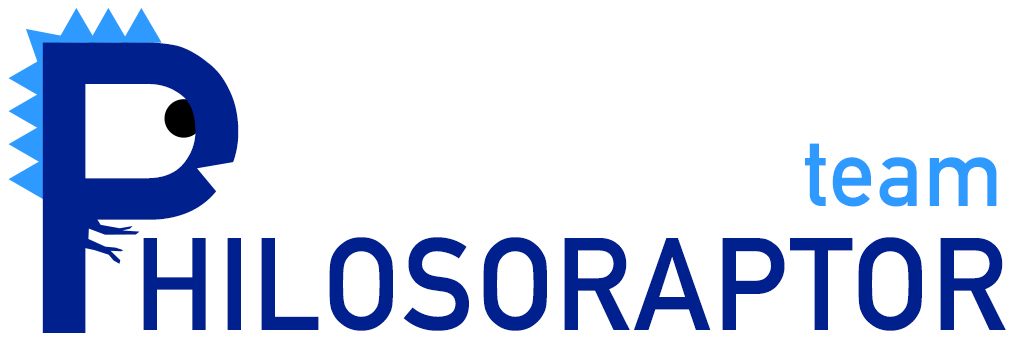Introduction
The trust machine link to online identities does not break anonymity or invade user privacy as only trust related data is displayed and no personal details or identifiable traits are passed on to other users of The Buccaneer Network (or any other client system of the trust machine). The net result is that site users get a valid and current indication of each other’s trustworthiness, while each individual user still maintains full control over their own online persona.
So for instance, a well-known self-improvement writer can set up a profile on The Buccaneer Network under their real name, with profile data pointing to their previous endeavours and a trust machine score reflecting not their brand persona or their hype, but the actual standing they have across the networks they operate on. This hypothetical person can then advertise on The Buccaneer Network for sales associates for her new campaign. Those applying to take part in the campaign will be fellow users with trust scores calculated in the same verifiable and dispassionate manner, but who have most likely chosen not to share any personal details and who are thus operating under pseudonyms.
Because of the universally applied trust machine scores this interaction is not undermined by one or more parties withholding personal data. Once a business understanding is reached, the parties could exchange more personal details (through private chat) but this is not at all a necessity as they may well choose to work through an intermediary such as ClickBank.
This attention to privacy and trust whilst facilitating an open environment within which to conduct business, learn and interact with likeminded individuals is a major outcome for our business plan and takes the form of The Buccaneer Network. It is however, just one of two such outcomes. The other is the development of the trust machine. Implemented into The Buccaneer Network as its ultimate use case demonstration, the trust machine is the golden goose and our ultimate product. A product we will not sell but to which we will instead rent out access. A rental model means that we have regularly recurring revenue, a client base that is dependent on our system and a service offering that is opaque in all but output to any potential competitors.
The next logical question then is: how do we make this happen? To answer which is presented in the next post in this series and takes the form of a preferred business launch strategy and a brief look at an alternate approach.
Build it, Flip it, Forget it
In addition to the two strategies outlined in the following post, there is of course also a third way. Build a product with the intention of agitating competitors or impressing expanding interests both with the goal of acquisition. In other words, focus on rollout and growth as high priorities and then sell out to the best available bid. This approach is more common than some might think and is especially prevalent in the online business segment. In this specific instance though, it would most definitely do a disservice to the aims of the project and would most probably sink the trust machine.
A quick cost benefit analysis shows that this approach, if successful, would cost significantly less, go to market earlier, yield financial rewards sooner and include far fewer potential shareholders. These costs might be significantly lower, but so too are the benefits. Compared to both the strategies presented in the next posts, this approach yields a substantially inferior product, has little to no sustainability, does not truly address the trust issue and only sets those who do it up to doing it again in a different market without any significant value add.
This does not mean that selling the eventual business is off the table, but rather that the business will be fully formed, have the trust machine as it’s central value offering and will add value to all stakeholders (both internal and external) in a sustainable manner.
